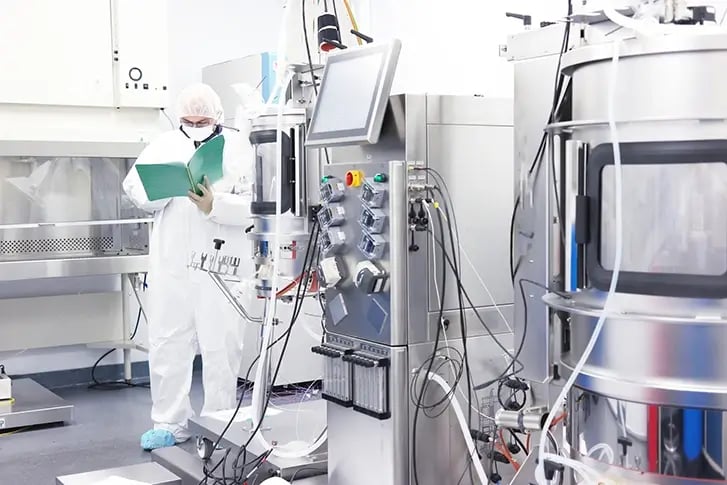June 15, 2020

June 15, 2020

A pre-approval inspection (PAI) is performed to provide the Food and Drug Administration (FDA) assurances that a manufacturing site named in a drug application is capable of consistently manufacturing producing a safe drug product, and that the submitted data is accurate and complete against what was filed in their application.
Contact UsThe PAI will assess a drug manufacturing facility's production capability. The PAI will establish whether the applicants' manufacturer can adequately produce, and sell commercially, the product it is applying for. Manufacturers named for the first time in the following applications are subject to a PAI:
A PAI may be conducted at any supporting vendors and service providers listed in the application, such as, active pharmaceutical ingredient (API) manufacturers, control testing labs, and packaging facilities. During a pre-approval inspection, the FDA inspectors evaluate and assess the following at each site:
FDA conducts PAI inspections based on the following risk-based criteria:
Companies should consider performing a mock PAI 6-12 months before the actual PAI, to allow plenty of time to address any identified issues and prepare for the formal inspection. Here are some preparation points to consider.
PAI Readiness Steps:
The PAI readiness team should meet before the inspection begins to ensure everything is readily available for presentation, and to discuss any last-minute details. During each day of the PAI inspection, after the Inspector leaves, the PAI readiness team should meet to discuss observations and comments from the day, prepare any needs/requests for the following day.
After the PAI, the lead investigator will either recommend approval or withholding of approval. Recommending approval indicates there were no significant issues surfaced during the inspection, but the company should still respond to the noted observations. On the other hand, recommending withholding of approval means the site is not fully CGMP compliant, information in CMC is not consistent with site records, or the submitted information is not accurate or complete. When approval has been withheld, it is critical for the company to properly respond to the noted observations.
Companies need to understand that the pre-approval inspection is the starting point for all future inspections. Once approval is granted, your firm is subject to routine inspections. While a risk assessment is used by the FDA to determine the frequency of inspections, domestic firms can typically expect an inspection every 2-years and a firm located outside the United States, can typically expect to be notified of an impending inspection.
Now that you have a better understanding of what PAI is, check out our next blog on PAI readiness, where we’ll explain what to do during your mock PAI and how to address your findings.
If you have additional questions about conducting a PAI and need assistance from an expert consultant, contact ProPharma for further support. Our compliance experts can help you navigate every aspect of your upcoming PAI.

August 25, 2020
When drug or device manufacturers apply for marketing approval of a new product, the FDA may conduct a pre-approval inspection (PAI). The PAI is performed to help the Agency assure that a...
June 23, 2020
The submission of your drug application (NDA, ANDA, BLA, etc.) is an exciting accomplishment, and one of the first major milestones is a pre-approval inspection (PAI) of the manufacturing sites...